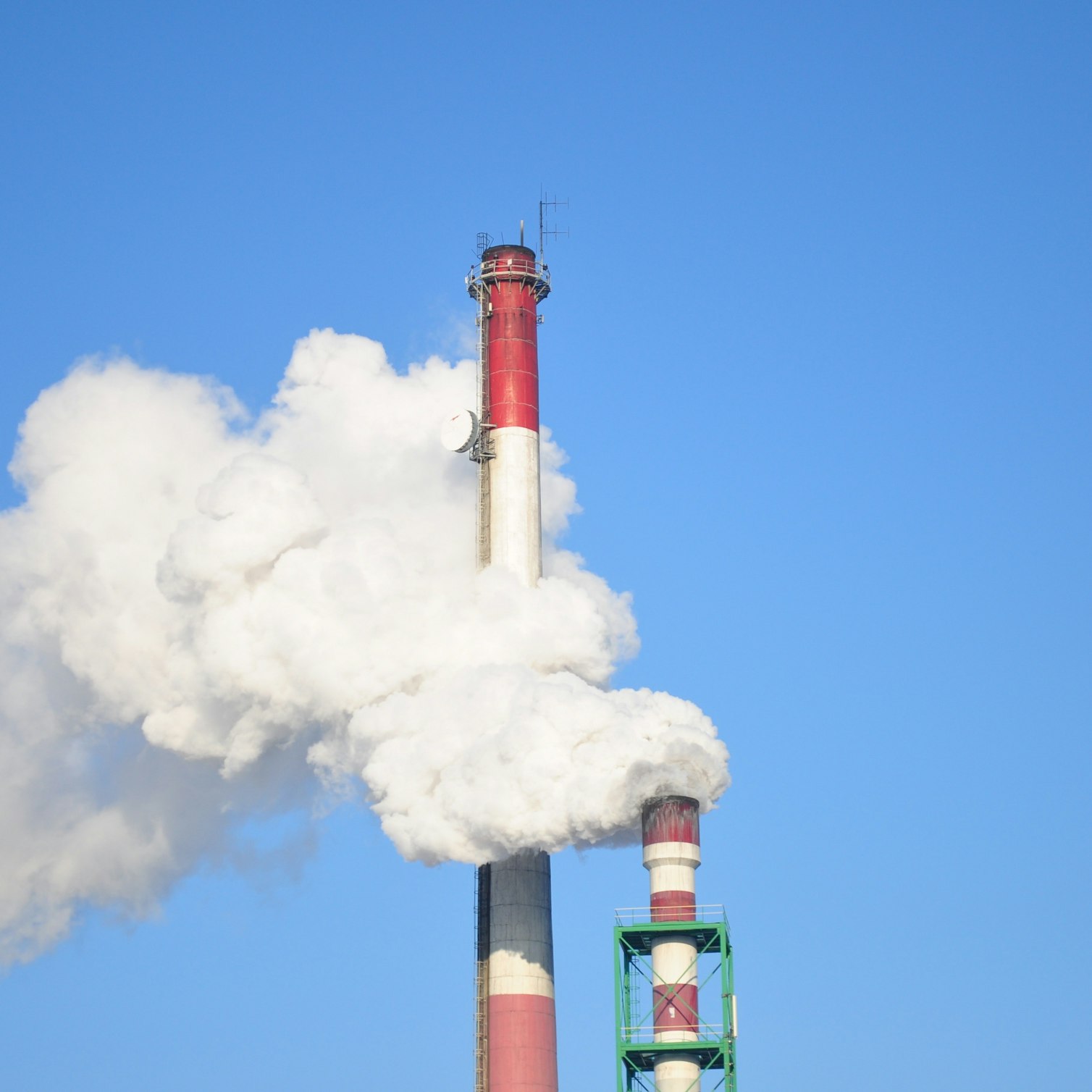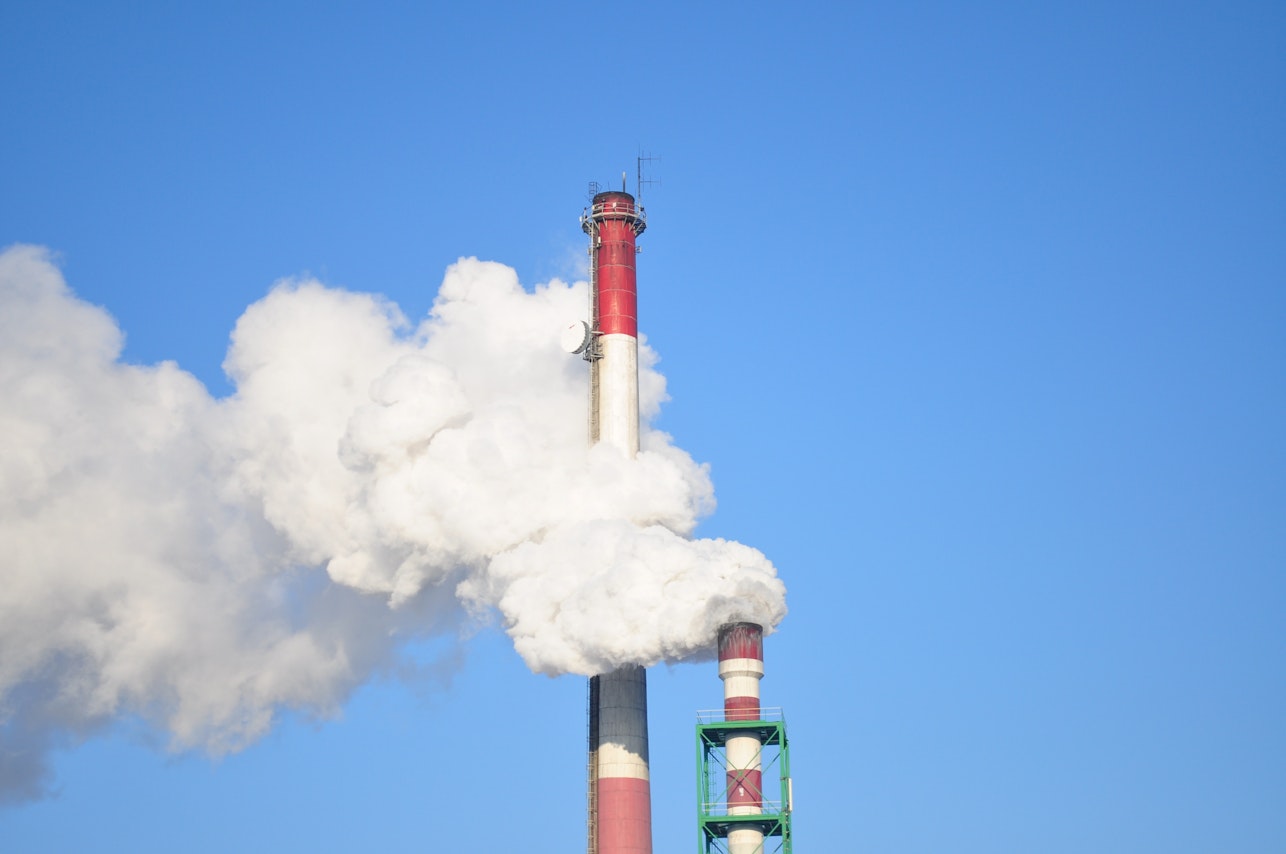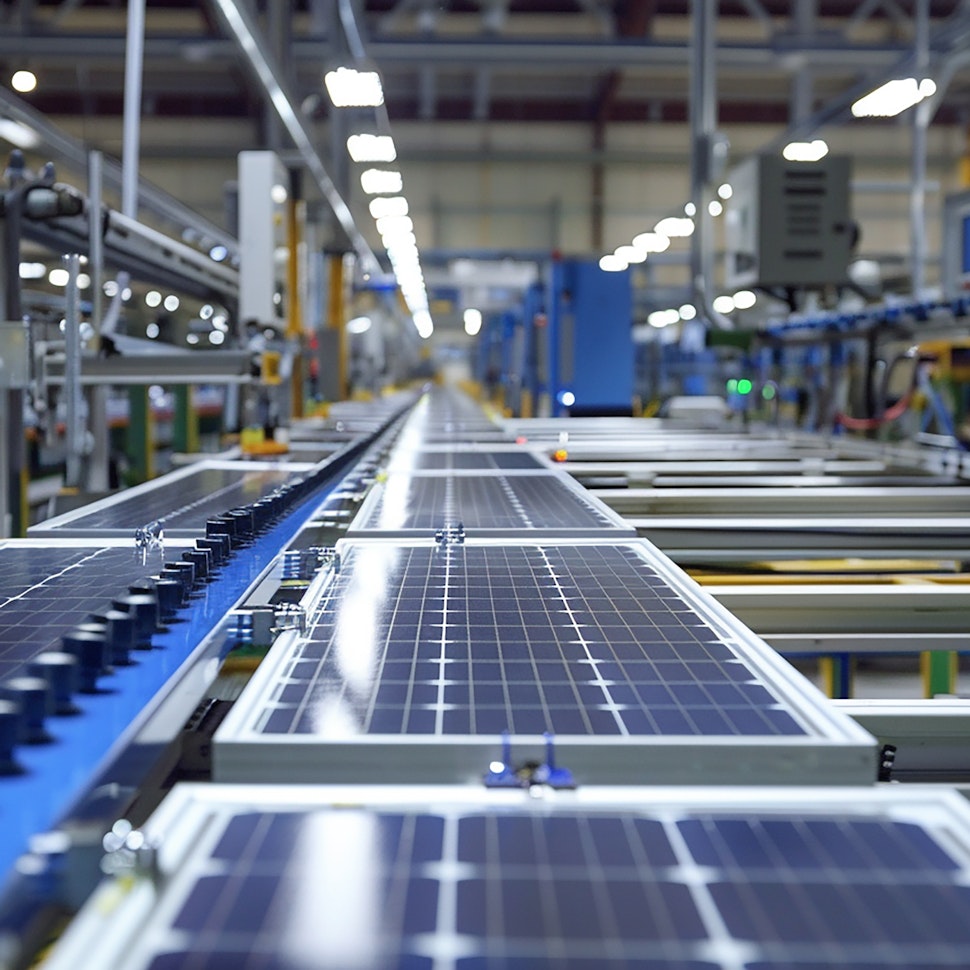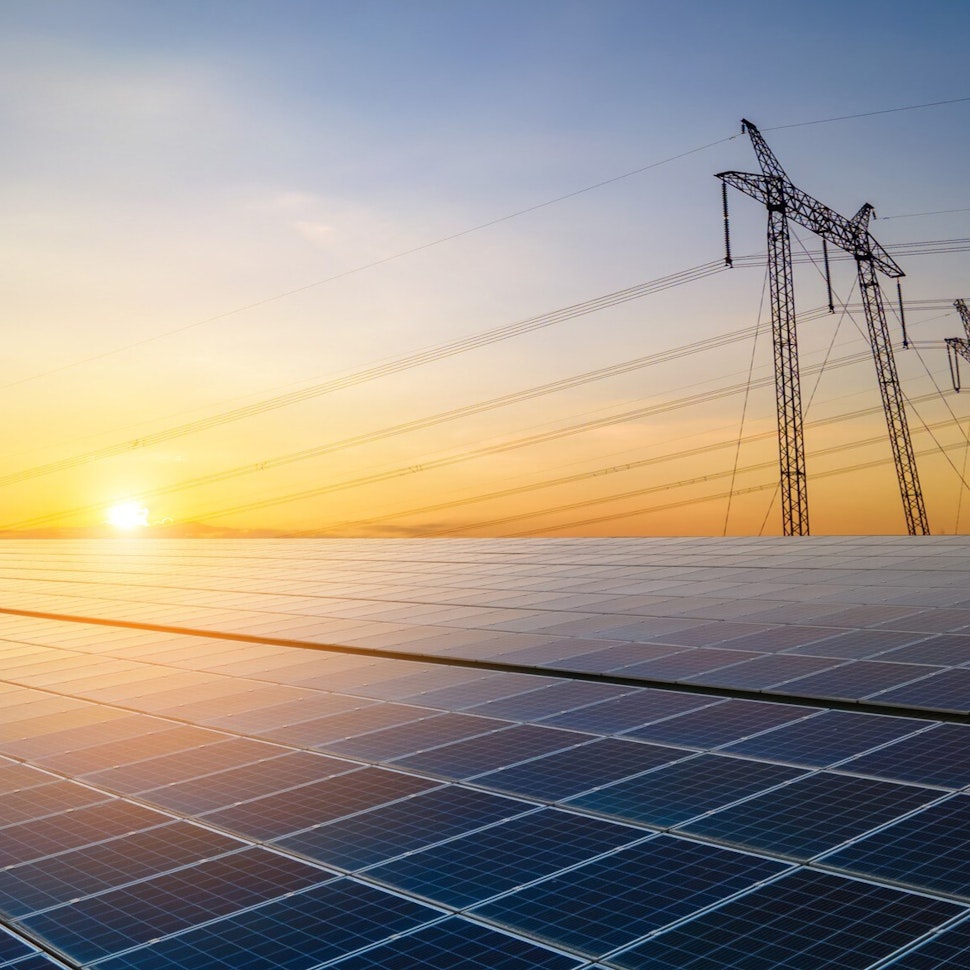- Solar energy blog
- How are oil & gas companies transitioning to renewables?
How are oil & gas companies transitioning to renewables?


Laura Rodríguez
Business developer
Laura is a renewable and software industry sales professional, currently working at RatedPower as Sales Overlay in North America & Territory Manager Oceania. With a background in International Business and International Trade, Laura previously worked in the business strategy area in various companies as well as as a market analyst for the Government of Spain in Australia.

Content
Transitioning global energy systems to renewables is critical to limiting the impact of fossil fuels on climate change. Renewable energy accounted for 22.1% of the European Union’s gross final energy consumption in 2020, around 2 percentage points above its target and more than double the 9.6% share reached in 2004. But oil and gas still dominate the energy mix.
The major oil and gas companies have an important role to play in shifting investment to sustainable energy production. However, analysis by the International Energy Association found that oil and gas companies have a long path to net-zero.
Like airports, aviation or steel manufacturing, traditional fossil fuel organizations are hard to decarbonize industries. In this post you’ll learn those concrete steps to make the needed changes to their strategies for future energy output.

Are you into renewable trends? You can't miss our report on the solar and renewable energy trends to follow in 2023. Download it today for free!
Are oil and gas companies redirecting their focus?
The largest oil and gas producers have increasingly been making announcements highlighting their involvement in renewable projects. But is this simply “greenwashing” as some observers claim?
A report by the UN Environment Programme (UNEP) found that global oil and gas production is on track to increase over the next 20 years, while coal production would fall only slightly. That would result in double the fossil fuel production at the end of this decade which is consistent with a 1.5°C rise in global warming. The gap between planned fossil fuel extraction remains as large as it was in 2019, when the UN first reported on the issue.
Since the beginning of the COVID-19 pandemic, the G20 countries have allocated around $300 billion in new financing towards fossil fuel activities in a bid to stimulate economic recovery — which is far more than they have directed toward clean energy, like the EU green deal, according to the UNEP report.
Analysis of 15 major fossil fuel-producing countries found that the US, Canada, Australia, Saudi Arabia, and China all expect to increase oil and gas production, while India and Russia plan to increase coal production.
Only the UK and Indonesia expect their oil and gas production to decline.
Three ways oil and gas companies are embracing renewables
Greenwashing criticisms aside, there are ways that the biggest oil and gas companies are incorporating meaningful renewable energy projects into their strategies.
1. Increasing renewable capacity
Total has set a target to reach 35GW of renewable energy capacity by 2025 and 100GW by 2030, with some of that already under construction. The company has invested $8 billion in its current capacity of around 7GW. The ramp-up would take its capacity ahead of European renewable energy leaders like Spain’s Iberdrola and Denmark’s Ørsted.
Ørsted has announced its goal to become the “first offshore wind major.” Norway’s Statoil has rebranded as Equinor, as it aims to become an international energy player in the wind and solar sectors as well as oil and gas, while Finnish energy company Neste has shifted from oil refining and marketing toward biofuels.
UK-based BP plans to develop 20GW of renewable capacity by 2025 and reach 50GW by 2030, up from 3.3GW at the end of 2020.
Shell intends to invest £20-25 billion in the UK over the next decade, with more than 75% designated for low-carbon products and services, including offshore wind, hydrogen, CCS, and transport electrification.

2. Emissions reduction
A key theme among oil and gas companies is their future development strategies to reduce carbon emissions while continuing to increase their oil and gas production.
In December 2020, ExxonMobil announced its intention to reduce the carbon emissions intensity of its upstream greenhouse gas emissions by 15-20% by 2025 relative to 2016 levels while investing in the development of emissions reduction technologies and supporting carbon price policies.

Shell has yet to set out specific renewable investment targets, but it is investing in solar and wind while working with customers to reach net-zero emissions. Shell has a three-part transformation strategy: Growth, Transition, and Upstream, with Growth focusing on hydrogen, biofuels, electric vehicle charging, and carbon capture and storage (CCS).
Such strategies will take oil and gas companies beyond being fossil fuel businesses to diversified energy companies, which include renewables as part of their offerings along with hydrogen and CCS.
They are also installing solar panels at their processing facilities to reduce the overall emissions at their operations.
3. Government mandates
Oil and gas companies are also working with governments to put licensing and investment frameworks in place that will provide the certainty they need to commit investment.
The Norwegian Oil and Gas Association applauded the government for setting a target to develop 30GW of offshore wind capacity by 2040, stating: “The industry has been calling for this for a long time. It will lay the foundation for an industrial offshore wind investment and provide predictability for offshore wind developers and suppliers who will invest in offshore wind on the Norwegian shelf.” The industry has proposed to the government a target of 2-3GW of offshore wind to be developed annually to reach a total capacity of 40-60 GW in 2050.
In Denmark, the government has canceled all upcoming North Sea licensing rounds in anticipation of ending oil and gas production in the North Sea by 2050.
In the UK, Shell has emphasized the importance of the government providing clarity surrounding its 25% “windfall tax”, the Energy Tax Levy, on oil and gas company profits. The tax intends to raise around £5 billion from the estimated £11.6 billion “windfall” from high energy global prices. It will provide 90% tax relief for profits reinvested in British oil and gas exploration but will provide no such relief for investment in renewables.
“In its current form, the levy creates uncertainty about the investment climate for North Sea oil and gas for the coming years. And, longer term, the proposed tax reliefs for investment don’t extend to the renewable energy system we want to drive forward in the UK and invest in very substantially. When making plans for the next decade and beyond, we need certainty,” a Shell spokesperson said.
RatedPower can help maximize your renewable investment
Solar power will play a central role in the energy systems of the future, helping oil and gas companies to lower their carbon emissions intensity and ensure they are not left behind in the transition to net-zero. Rated Power platform is a transformative tool that can optimize the output from solar power projects, ensuring the highest return on investment. Contact us to find out more.
Latest stories
Related posts
Market analysis
Defrosting the frozen Nordic solar market
Explore the Nordics’ solar grid challenges and energy transition strategy. Read the blog to uncover policy gaps and solutions shaping Europe’s green future.
Updated 8 JUL, 25

Market analysis
U.S. solar manufacturing grows fourfold, thanks to Inflation Reduction Act
Find out more about the Inflation Reduction Act and how it has increased U.S. solar manufacturing capacity fourfold since the legislation passed in 2022.
Updated 24 JUN, 25

Market analysis
Italy’s €9.7 billion plan to boost renewables and reach net zero
Explore a new state aid scheme helping Italy to work toward a cleaner future and investing in onshore wind, solar PV, hydropower, and sewage gas projects.
Updated 10 JUN, 25

- RatedPower
- Solar energy blog
- How are oil & gas companies transitioning to renewables?
